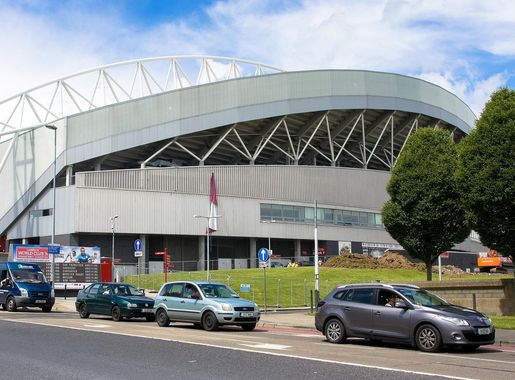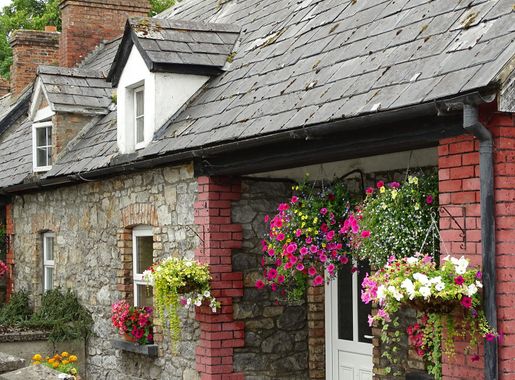
Limerick: The Heartbeat of Ireland's Rich Heritage and Vibrant Culture
Explore Limerick: A blend of medieval charm and modern vibrancy, offering historic castles, lively markets, and a gateway to Ireland's stunning landscapes.
Limerick, nestled along the banks of the majestic River Shannon, is a city that effortlessly blends its rich history with a vibrant modern culture. As one of Ireland's oldest cities, it offers an intriguing mix of medieval charm and contemporary flair. Visitors will find themselves enchanted by its historic castles, bustling markets, and lively pubs. King John's Castle is a must-visit, standing as a testament to Limerick's storied past. The castle offers interactive exhibits that bring history to life and provide stunning views of the Shannon. The Hunt Museum, housed in a Georgian building, showcases a diverse collection of art and antiques, including works by Picasso and Renoir. Stroll through the city's Georgian Quarter, where the architecture tells tales of a bygone era. The Milk Market is a food lover's paradise, brimming with local produce, artisanal cheeses, and fresh-baked goods. In the evenings, Limerick's nightlife comes alive with traditional Irish music sessions in cozy pubs and contemporary performances in modern venues. For those looking to explore further, Limerick is a gateway to the stunning landscapes of the Wild Atlantic Way and the tranquil beauty of the Shannon Estuary. Whether you're a history buff, a foodie, or just looking to soak in the atmosphere of an authentic Irish city, Limerick promises an unforgettable experience.
Local tips in Limerick
- Visit King John's Castle early in the morning to avoid crowds and enjoy the exhibits at your own pace.
- Check out the Milk Market on a Saturday morning for the full experience of local flavors and vibrant atmosphere.
- Take a guided walking tour to learn about Limerick's history and hidden gems from a local perspective.
- Book accommodations near the Georgian Quarter for easy access to top attractions and dining options.
- Don't miss a traditional Irish music session in one of the city's historic pubs for an authentic cultural experience.
Limerick: The Heartbeat of Ireland's Rich Heritage and Vibrant Culture
Limerick, nestled along the banks of the majestic River Shannon, is a city that effortlessly blends its rich history with a vibrant modern culture. As one of Ireland's oldest cities, it offers an intriguing mix of medieval charm and contemporary flair. Visitors will find themselves enchanted by its historic castles, bustling markets, and lively pubs. King John's Castle is a must-visit, standing as a testament to Limerick's storied past. The castle offers interactive exhibits that bring history to life and provide stunning views of the Shannon. The Hunt Museum, housed in a Georgian building, showcases a diverse collection of art and antiques, including works by Picasso and Renoir. Stroll through the city's Georgian Quarter, where the architecture tells tales of a bygone era. The Milk Market is a food lover's paradise, brimming with local produce, artisanal cheeses, and fresh-baked goods. In the evenings, Limerick's nightlife comes alive with traditional Irish music sessions in cozy pubs and contemporary performances in modern venues. For those looking to explore further, Limerick is a gateway to the stunning landscapes of the Wild Atlantic Way and the tranquil beauty of the Shannon Estuary. Whether you're a history buff, a foodie, or just looking to soak in the atmosphere of an authentic Irish city, Limerick promises an unforgettable experience.
When is the best time to go to Limerick?
Iconic landmarks you can’t miss
King John's Castle
Explore the rich history and breathtaking architecture of King John's Castle, a medieval landmark in Limerick, Ireland, perfect for travelers seeking cultural experiences.
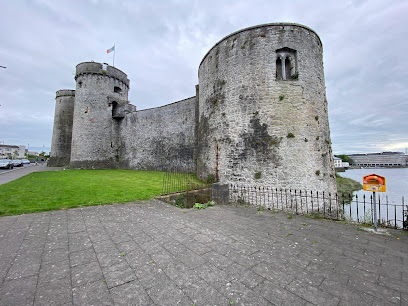
The Milk Market
Discover Limerick's vibrant Milk Market, a lively hub for local produce, artisan delicacies, and cultural experiences in the heart of the city.
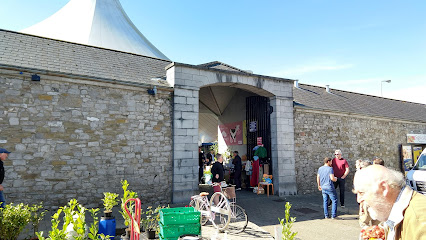
People's Park, Limerick
Discover tranquility in the heart of Limerick at People's Park, a lush urban oasis with historical charm and natural beauty.
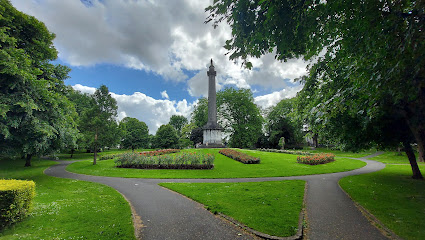
Arthur's Quay Park
Arthur's Quay Park: A tranquil riverside escape in Limerick, perfect for relaxation, picnics, and enjoying nature's beauty.
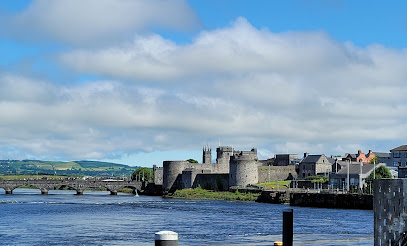
The Hunt Museum
Explore The Hunt Museum in Limerick – a treasure trove of art and history showcasing over 2,000 remarkable artifacts from ancient to modern times.
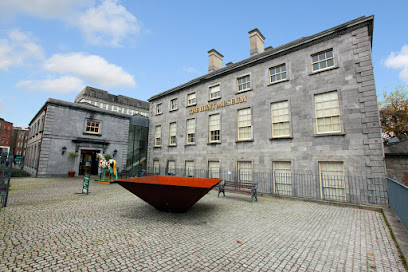
Saint Mary's Cathedral
Discover the rich history and serene beauty of Saint Mary's Cathedral, Limerick's oldest and most majestic architectural treasure.
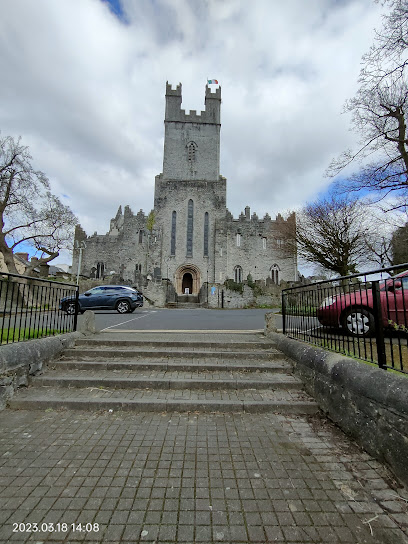
St John's Cathedral
Discover St John's Cathedral, a stunning Gothic masterpiece in Limerick, offering a serene atmosphere, rich history, and breathtaking stained glass windows.
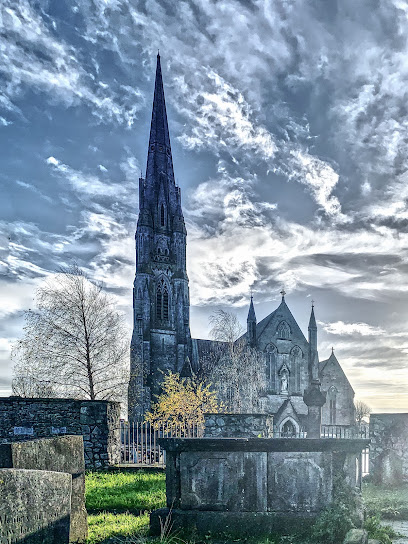
Limerick City Gallery of Art
Explore the Limerick City Gallery of Art, a cultural gem showcasing contemporary and historical artworks in a stunning historic building.
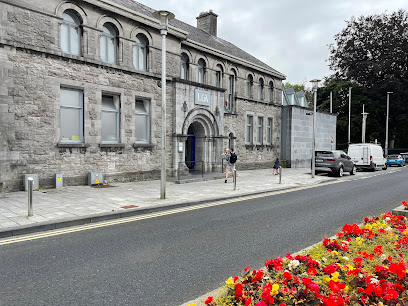
Treaty Stone
Explore Treaty Stone in Limerick, a historic landmark embodying Ireland's rich heritage and scenic river views.
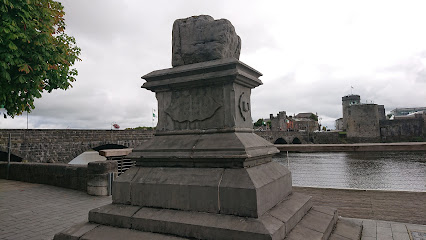
International Rugby Experience, Limerick
Discover the heart of rugby culture at the International Rugby Experience in Limerick, where history meets excitement for fans of all ages.
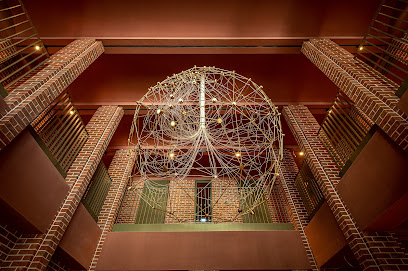
St Augustine's Catholic Church
Discover the architectural beauty and spiritual serenity of St Augustine's Catholic Church, a cultural treasure in the heart of Limerick.
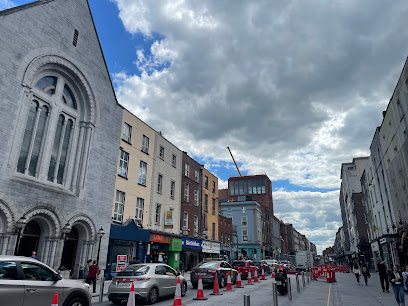
Limerick Museum
Explore the rich history of Limerick at Limerick Museum, where captivating exhibits bring the past to life in a welcoming environment.
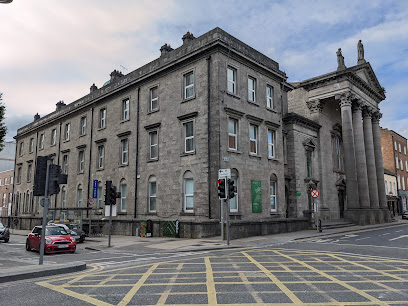
Tait's Clock
Discover Tait's Clock, an iconic historical landmark in Limerick that showcases stunning architecture and rich cultural heritage.
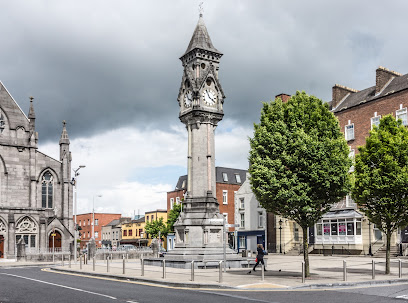
Coolwater Garden.
Explore the serene beauty of Coolwater Garden in Co. Limerick, a tranquil retreat for nature lovers and travelers seeking relaxation.
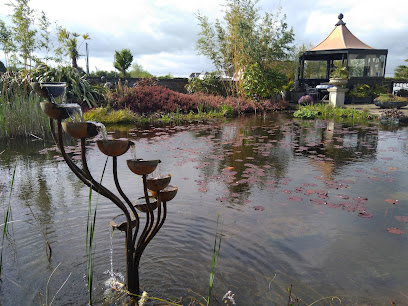
Park Canal Limerick
Explore the tranquil Park Canal in Limerick, a picturesque scenic spot perfect for relaxation, nature walks, and a glimpse into the city's rich history.
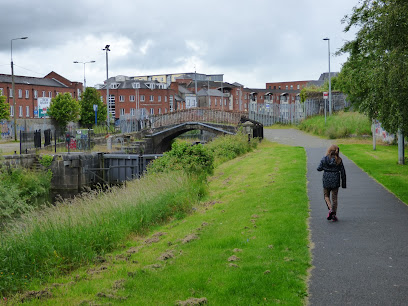
Unmissable attractions to see
Bunratty Castle & Folk Park
Step into Ireland's rich history at Bunratty Castle & Folk Park, where medieval architecture meets vibrant culture in a stunning setting.
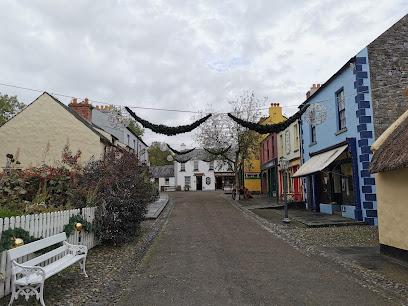
King John's Castle
Explore the historic King John's Castle in Limerick, a captivating medieval fortress with stunning views and immersive exhibits.

The Milk Market
Experience the essence of Limerick at The Milk Market, where fresh produce, artisanal goods, and local flavors come together in a vibrant community hub.
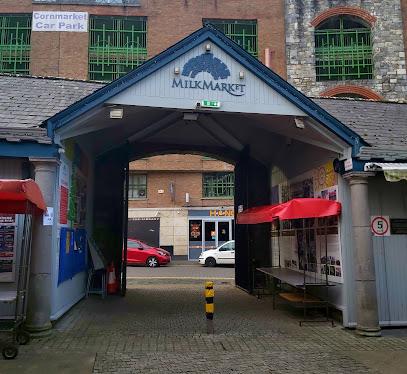
Adare Manor
Discover the enchanting Adare Manor, a luxurious hotel in Ireland surrounded by stunning gardens and rich history, perfect for a memorable getaway.

Adare Heritage Centre
Uncover the vibrant history of Adare at the Heritage Centre, a must-visit for cultural enthusiasts exploring County Limerick.
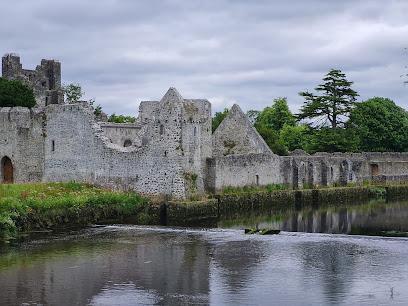
Aunty Lena's Bar Adare
Experience authentic Irish hospitality at Aunty Lena's Bar, a lively gastropub in Adare, offering delicious food, local brews, and live music.
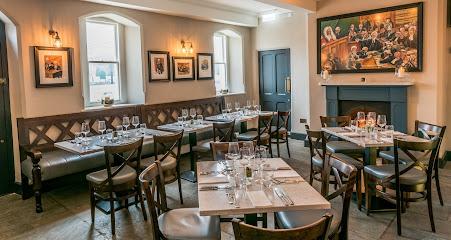
Burren National Park
Discover the breathtaking beauty and rich heritage of Burren National Park in Co. Clare, a must-visit destination for nature lovers and history enthusiasts alike.
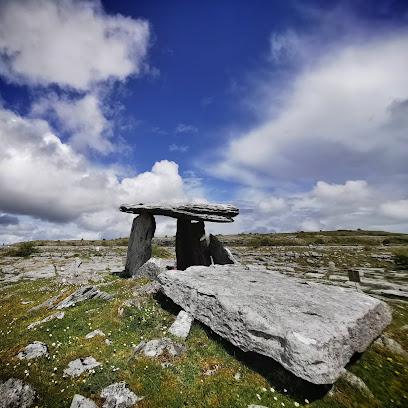
People's Park, Limerick
Explore the lush beauty of People's Park in Limerick, a serene oasis perfect for relaxation, family outings, and enjoying the great outdoors.

Foynes Flying Boat & Maritime Museum
Explore the Foynes Flying Boat & Maritime Museum, where history and aviation come alive in a captivating experience for all ages.

Arthur's Quay Park
Experience the beauty and tranquility of Arthur's Quay Park in Limerick, a perfect blend of nature, recreation, and community spirit.
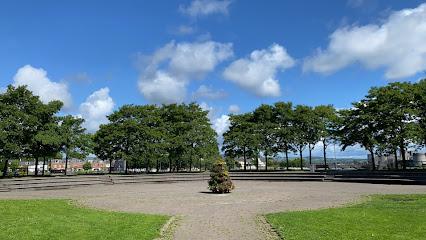
The Hunt Museum
Explore The Hunt Museum in Limerick: A captivating journey through art and history featuring ancient artifacts and contemporary masterpieces.
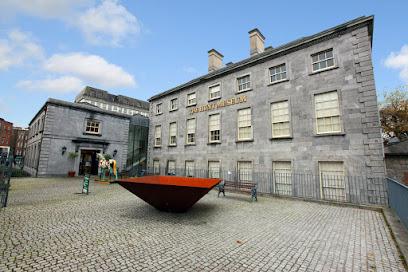
Adare Manor Golf Club
Experience world-class golfing at Adare Manor Golf Club, surrounded by stunning landscapes and rich Irish heritage in County Limerick.
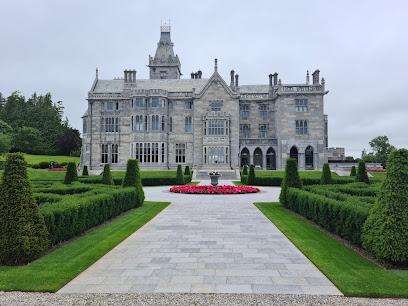
Mungret Park
Explore the natural beauty and tranquility of Mungret Park, a perfect retreat for relaxation and family fun in Co. Limerick.
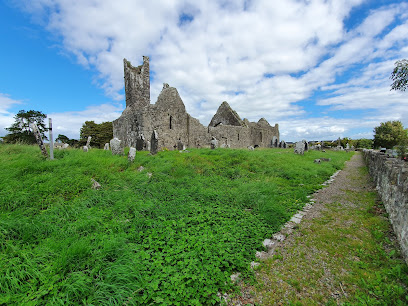
South's Pub
Discover the vibrant atmosphere of South's Pub in Limerick, where local brews and traditional Irish fare meet warm hospitality.
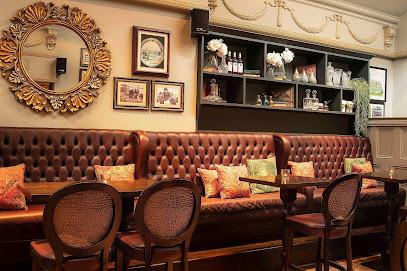
Craggaunowen Castle & Crannóg
Experience the captivating history of Ireland at Craggaunowen Castle & Crannóg, where ancient tales come to life in a stunning landscape.
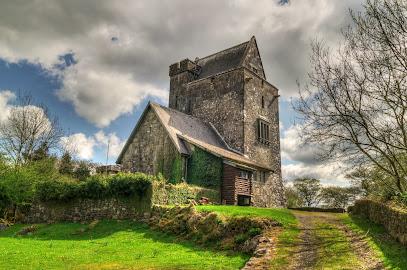
Essential places to dine
Cornstore Limerick
Discover culinary excellence at Cornstore Limerick, where premium steaks meet fresh seafood in a vibrant dining atmosphere.
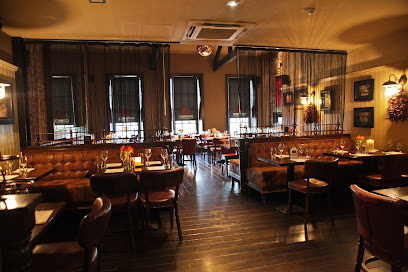
The Buttery, Bedford Row
Experience authentic Irish cuisine at The Buttery in Limerick - where tradition meets taste.
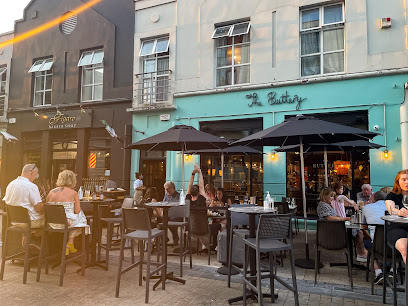
Marco Polo
Discover Marco Polo in Limerick: A modern European restaurant offering exquisite cuisine and vibrant cocktails in an artistic atmosphere.
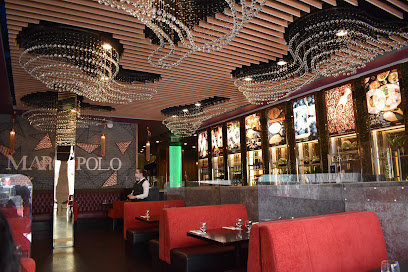
Coqbull Limerick
Discover the ultimate burger experience at Coqbull Limerick - where gourmet meets comfort in every bite.
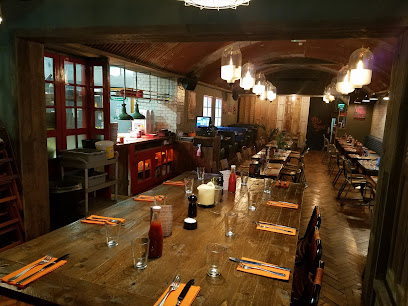
The Curragower Bar and Restaurant| Limerick
Discover culinary excellence at The Curragower Bar and Restaurant - where traditional Irish fare meets contemporary dining by the River Shannon.
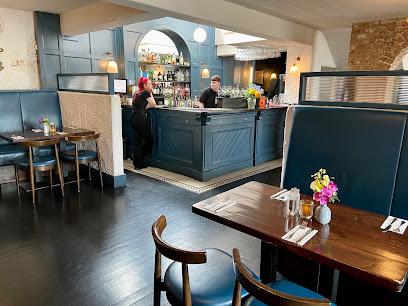
The Old Quarter GastroPub
Discover the heart of Limerick at The Old Quarter GastroPub – where traditional Irish hospitality meets modern culinary delights.
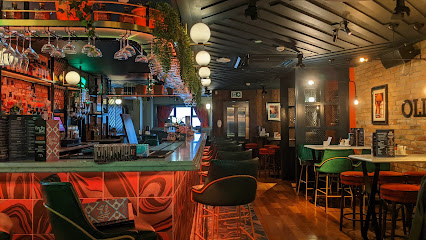
Off The Bone Gastropub
Discover Off The Bone Gastropub in Raheen, Limerick - where local flavors meet modern cuisine in a warm and inviting atmosphere.
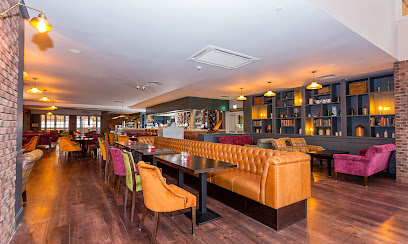
The SpitJack Limerick
Experience exquisite European dining at The SpitJack in Limerick – where quality meets tradition in every bite.
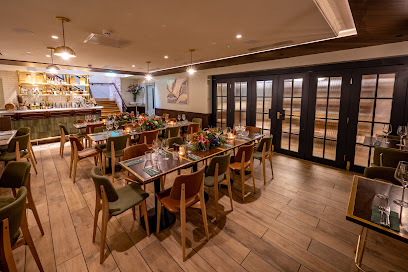
Green Yard Cafe
Savor the taste of Ireland at Green Yard Cafe in Ballinacurra - where fresh ingredients meet delightful flavors.
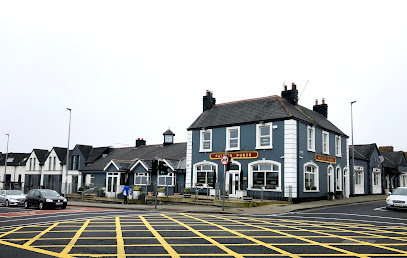
Rossi's
Experience authentic Italian cuisine at Rossi's in Limerick—where family-friendly dining meets delicious takeout options.
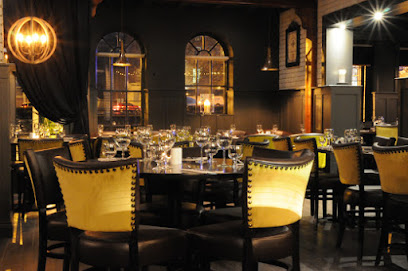
Vincenzo’s Grill House
Experience the best of Limerick dining at Vincenzo’s Grill House—where exquisite steaks meet delightful cocktails and desserts.

Freddy’s Restaurant
Discover the flavors of Ireland at Freddy's Restaurant – where fresh ingredients meet friendly service in Limerick's vibrant dining scene.
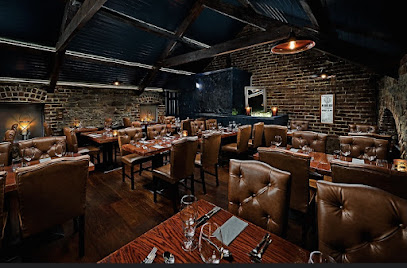
Bella Italia Limerick City Centre
Experience authentic Italian flavors at Bella Italia in Limerick City Centre - where every dish tells a story.
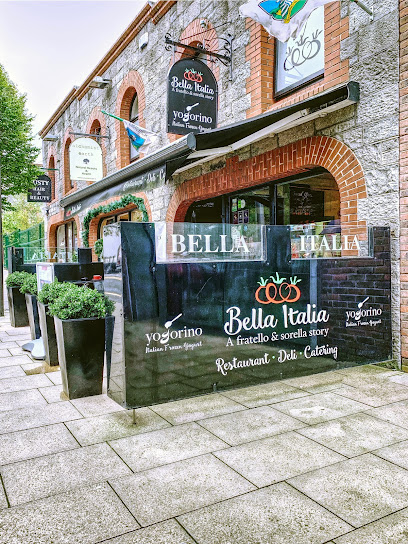
Mejana Lebanese Restaurant
Discover the rich flavors of Lebanon at Mejana Restaurant in Limerick—your destination for authentic Mediterranean dining.
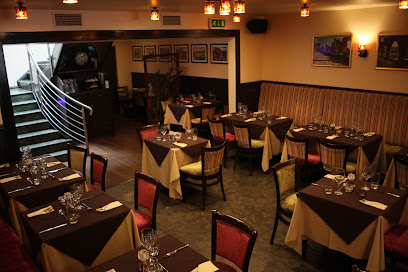
The French Table Restaurant Limerick
Experience the exquisite flavors of modern French cuisine at The French Table Restaurant in Limerick - where culinary artistry meets local charm.
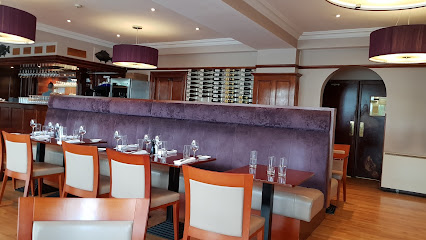
Markets, malls and hidden boutiques
Crescent Shopping Centre
Experience the vibrant shopping and dining options at Crescent Shopping Centre in Limerick, where every visit is a delightful adventure.
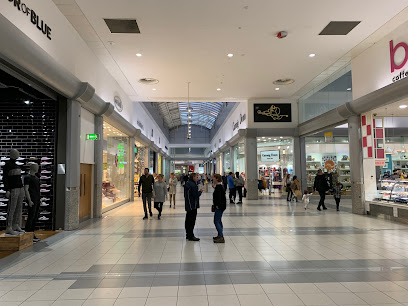
The Milk Market
Explore the heart of Limerick at The Milk Market, where local flavors, crafts, and culture come together in a vibrant community hub.
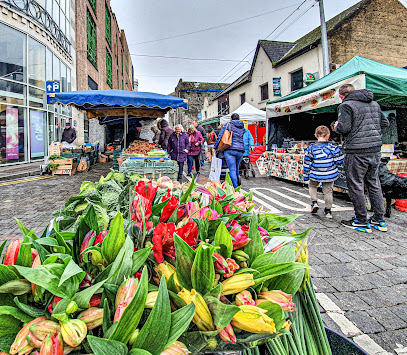
Arthur's Quay Shopping Centre
Experience shopping like never before at Arthur's Quay Shopping Centre in Limerick, where style meets culture and culinary delights await.
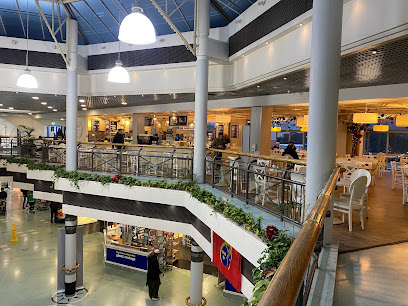
The Range, Limerick
Discover a world of home goods, art supplies, and unique finds at The Range in Limerick, a must-visit shopping destination for tourists.
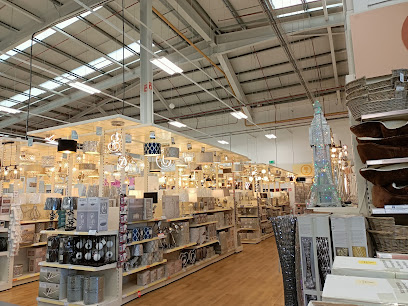
Limerick One Shopping Park
Experience the best of shopping and dining at Limerick One Shopping Park, your ultimate retail destination in Limerick, Ireland.
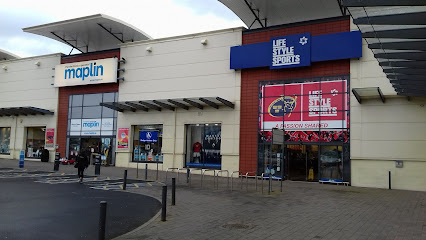
Parkway Shopping Centre
Explore Parkway Shopping Centre in Limerick: the ultimate shopping and dining destination featuring diverse retail options and a vibrant atmosphere.
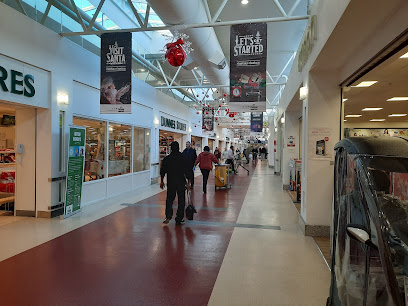
Penneys
Shop trendy and affordable clothing for all ages at Penneys in Limerick, a must-visit destination for fashion lovers visiting Ireland.
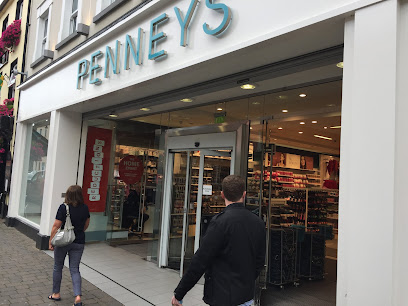
Jetland Shopping Centre
Discover a diverse shopping experience at Jetland Shopping Centre in Limerick, featuring a variety of stores, dining options, and family-friendly amenities.
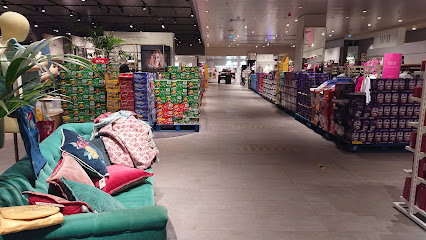
Harvey's Quay Shopping Centre
Explore the vibrant Harvey's Quay Shopping Centre, Limerick's premier destination for diverse shopping, dining, and community events.

Home Store + More
Explore Home Store + More in Limerick for unique home goods and improvement essentials, capturing the essence of Irish design and lifestyle.
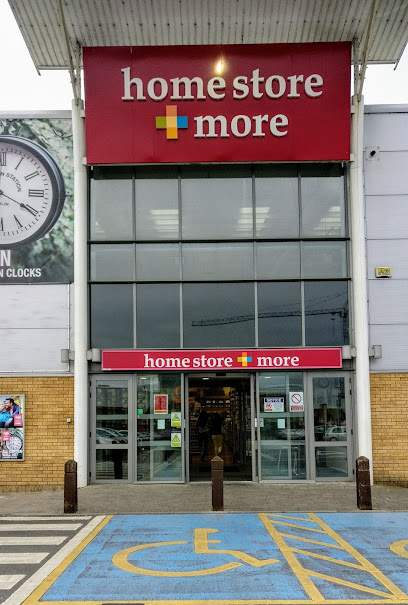
Castletroy Town Centre
Immerse yourself in shopping, dining, and entertainment at Castletroy Town Centre, Limerick's vibrant retail destination.
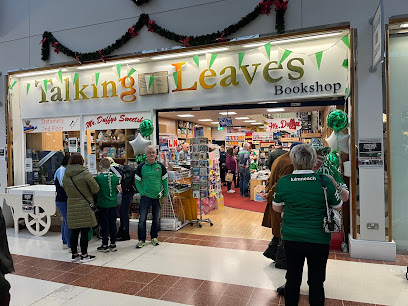
Brown Thomas Limerick
Discover luxury and style at Brown Thomas Limerick, a premier destination for high-end fashion, accessories, and beauty products in the heart of the city.
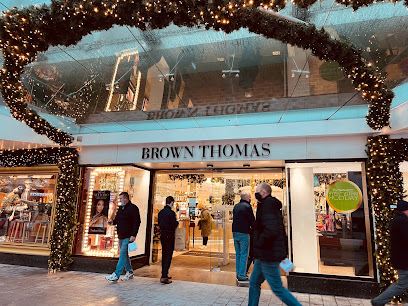
Lucky Lane
Explore the eclectic mix of vintage clothing, rare records, and used books at Lucky Lane, a must-visit variety store in Limerick.
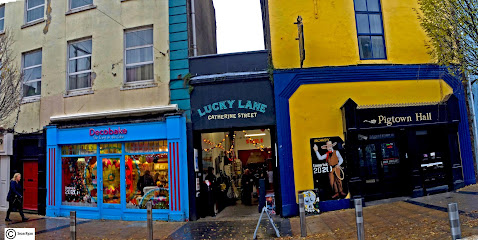
Silkes Arts and Crafts
Discover a world of creativity at Silkes Arts and Crafts in Limerick, where art supplies and unique handmade treasures await.
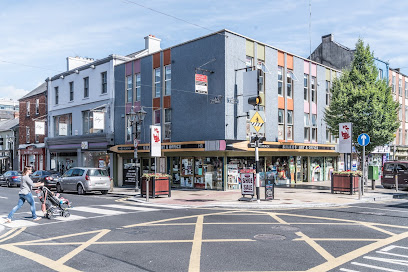
Be Fabulous
Discover unique fashion finds and local treasures at Be Fabulous, the charming boutique in Prior's-Land, Limerick, perfect for stylish tourists.

Essential bars & hidden hideouts
The Locke Bar
Discover the heart of Irish culture at The Locke Bar, where exquisite cuisine meets vibrant live music in Limerick's scenic riverside setting.
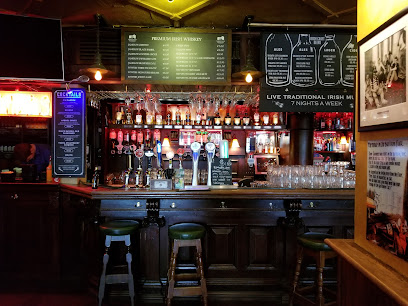
Nancy Blakes
Discover the heart of Limerick's nightlife at Nancy Blakes, a lively Irish pub with great drinks, live music, and a welcoming atmosphere.
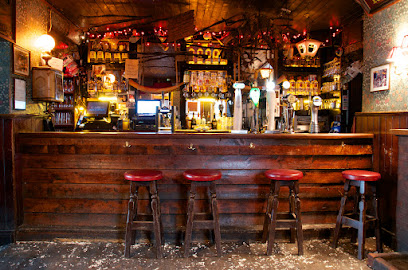
House Limerick
Discover the lively blend of dining, drinks, and nightlife at House Limerick, a must-visit bar and restaurant in the heart of Limerick.
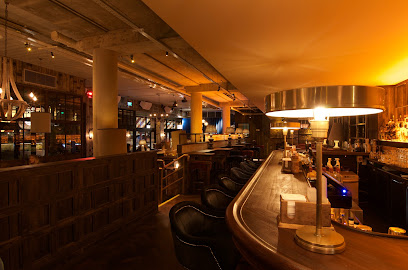
The Glen Tavern
Discover the charm of The Glen Tavern, a cozy pub in Limerick offering a warm atmosphere, hearty meals, and a variety of drinks for every taste.
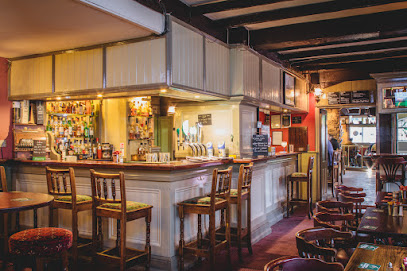
Jerry Flannery's Bar
Discover the vibrant ambiance of Jerry Flannery's Bar, a lively Irish pub in Limerick offering live music, traditional food, and sports in a welcoming atmosphere.
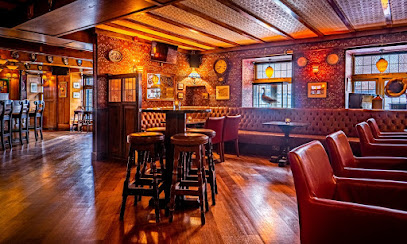
The Horse and Hound Bar
Discover the warmth of Irish hospitality at The Horse and Hound Bar, a must-visit pub in Limerick offering delicious food and a lively atmosphere.
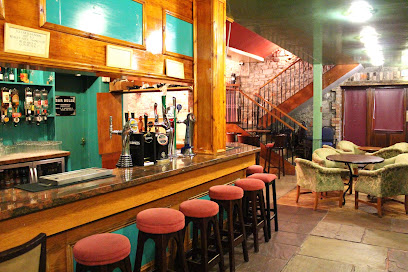
Flannerys Bar Limerick
Experience the heart of Irish culture at Flannerys Bar in Limerick, a vibrant pub offering local brews, hearty meals, and live music.
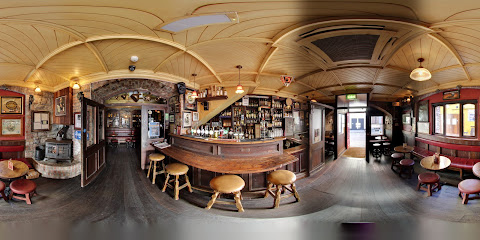
Mother Macs
Discover Mother Macs: A quintessential Limerick pub offering a delightful beer garden, local brews, and a vibrant atmosphere for every traveler.
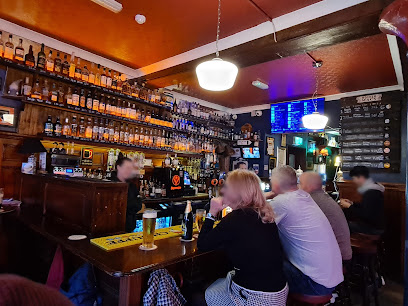
The Red Hen
Discover The Red Hen, Limerick's charming cocktail bar, where expertly crafted drinks and a vibrant atmosphere await every visitor.
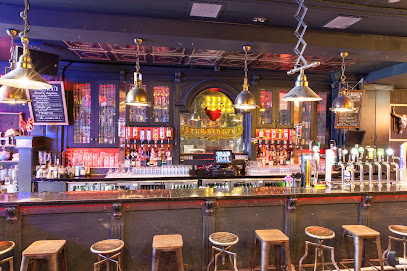
Tom Collins' Bar
Experience the vibrant nightlife at Tom Collins' Bar in Limerick, where exceptional cocktails and Irish hospitality create unforgettable moments.
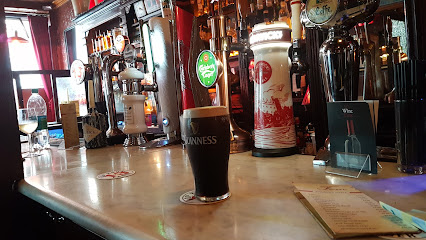
The White House Bar
Discover the charm of The White House Bar in Limerick, a perfect blend of traditional Irish hospitality, local cuisine, and vibrant atmosphere.
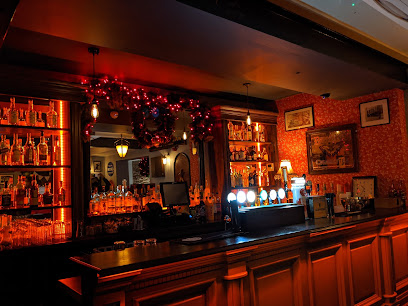
101
Discover the lively atmosphere and exceptional cocktails at 101 Cocktail Bar, a must-visit nightlife destination in Limerick.
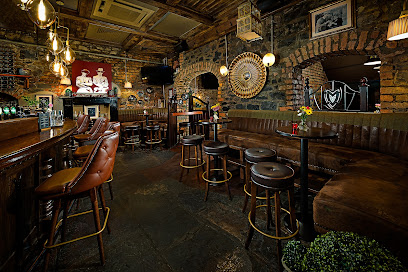
South's Pub
Discover the heart of Limerick at South's Pub, a lively venue offering delicious food, a great drink selection, and authentic Irish hospitality.
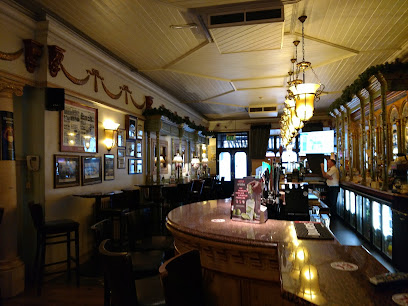
The Hurlers Bar
Experience the heart of Irish hospitality at The Hurlers Bar in Newcastle, Limerick, offering a cozy atmosphere and delectable pub fare.
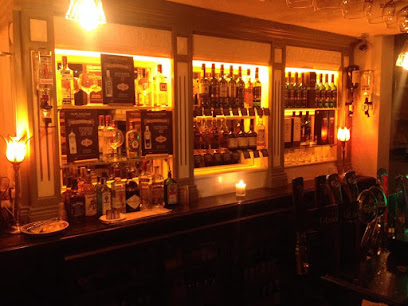
The Copper Room
Discover The Copper Room in Limerick – a wine bar and restaurant offering exceptional cuisine and a curated wine selection in a cozy atmosphere.

Local Phrases
-
- HelloHaigh
[hay] - GoodbyeSlán
[slawn] - YesSea
[sha] - NoNíl
[neel] - Please/You're welcomeLe do thoil
[leh duh hull] - Thank youGo raibh maith agat
[guh rev mah agut] - Excuse me/SorryMaith thú
[mah hoo] - How are you?Conas atá tú?
[kun-us ah-taw too] - Fine. And you?Tá mé go maith. Agus tú?
[taw may guh mah. ah-gus too] - Do you speak English?An labhraíonn tú Béarla?
[ahn lawv-ree-un too bayr-lah] - I don't understandNí thuigim
[nee hug-im]
- HelloHaigh
-
- I'd like to see the menu, pleaseBa mhaith liom an mianu a fheiceáil, le do thoil
[ba wah lum on mee-uh-noo uh eck-ah-ill, leh duh hull] - I don't eat meatNí ithim feoil
[nee ih-him foh-il] - Cheers!Sláinte!
[slawn-cheh] - I would like to pay, pleaseBa mhaith liom íoc, le do thoil
[ba wah lum ee-uck, leh duh hull]
- I'd like to see the menu, pleaseBa mhaith liom an mianu a fheiceáil, le do thoil
-
- Help!Cabhraigh!
[kow-ree] - Go away!Imigh uaim!
[ih-mee uhm] - Call the Police!Glan an Garda!
[glahn ahn gahr-dah] - Call a doctor!Glan dochtúir!
[glahn duck-too-ir] - I'm lostTá mé caillte
[taw may kahl-cheh] - I'm illTá mé tinn
[taw may tin]
- Help!Cabhraigh!
-
- I'd like to buy...Ba mhaith liom ceannach...
[ba wah lum can-ukh] - I'm just lookingNíl mé ach ag féachaint
[neel may ahk egg fay-kinht] - How much is it?Cé mhéad atá air?
[kay vade ah-taw air] - That's too expensiveTá sé ró-dhaor
[taw shay row-gweer] - Can you lower the price?An féidir leat an praghas a laghdú?
[ahn fay-dir lat on prah-guhs ah lay-goo]
- I'd like to buy...Ba mhaith liom ceannach...
-
- What time is it?Cén t-am é?
[kayn tahm ay] - It's one o'clockTá sé a haon a chlog
[taw shay ah hayn ah kluhg] - Half past (10)Leathuair tar éis a deich
[lah-hoo-ir tahr aysh ah deh] - MorningMaidin
[mah-din] - AfternoonTráthnóna
[traw-no-nah] - EveningTráthnóna
[traw-no-nah] - YesterdayInné
[in-ay] - TodayInniu
[in-yoo] - TomorrowAmárach
[ah-mawr-ahk] - 1A haon
[ah hayn] - 2A dó
[ah doh] - 3A trí
[ah tree] - 4A ceathair
[ah kah-hir] - 5A cúig
[ah koo-ig] - 6A sé
[ah shay] - 7A seacht
[ah shakht] - 8A hocht
[ah hukht] - 9A naoi
[ah knee] - 10A deich
[ah deh]
- What time is it?Cén t-am é?
-
- Where's a/the...?Cá bhfuil...
[kaw will] - What's the address?Cad é an seoladh?
[kahd ay ahn shull-ah] - Can you show me (on the map)?An bhféadfá mé a thaispeáint (ar an léarscáil)?
[ahn vayd-faw may ah hah-shpaynt (ahr ahn layr-skawl)] - When's the next (bus)?Cén t-am atá an chéad (bus) eile?
[kayn tahm ah-taw ahn khayd (bus) el-eh] - A ticket (to ....)Ticéad (go dtí ....)
[tick-ayd goh dee]
- Where's a/the...?Cá bhfuil...
History of Limerick
-
Limerick's origins date back to at least the 9th century, when it was founded by the Vikings. These Norse settlers established a thriving trading port on the Shannon River, which became a significant center for commerce and culture in medieval Ireland.
-
The Normans arrived in Limerick in 1174, led by Strongbow and his forces. They quickly fortified the city, constructing King John's Castle in 1212, which still stands today as a testament to their influence. The Normans brought new architectural styles and further developed Limerick's economic infrastructure.
-
Limerick played a pivotal role in the Williamite War in Ireland. The city endured two major sieges. The first, in 1690, saw the city's Jacobite defenders successfully resisting Williamite forces. However, in 1691, after a prolonged and brutal siege, the city fell to the Williamites, leading to the signing of the Treaty of Limerick.
-
The Treaty of Limerick, signed in 1691, marked the end of the Williamite War. The agreement was intended to secure religious freedoms and property rights for Catholics, though many terms were later reneged upon. The Treaty Stone, where the agreement was signed, remains a significant historical landmark in the city.
-
Limerick, like much of Ireland, was deeply affected by the Great Famine of the mid-19th century. The population suffered tremendously due to crop failures, leading to widespread starvation and emigration. Many people left Limerick for America and other countries, significantly altering the city's demographic landscape.
-
In 1919, Limerick was the site of a significant but short-lived period of revolutionary activity known as the Limerick Soviet. Workers took control of the city in protest against British military rule. They issued their own currency and controlled food supplies, demonstrating a unique moment of local self-governance during the Irish War of Independence.
-
Throughout the 20th century, Limerick experienced a cultural revival, becoming a hub for arts, literature, and music. The city is home to the University of Limerick, which has fostered a vibrant academic and cultural community. The Hunt Museum, housing an extensive collection of art and antiquities, further underscores Limerick's cultural significance.
-
Today, Limerick is a bustling city that seamlessly blends its rich historical heritage with modern development. The city has undergone significant regeneration, particularly along the waterfront, making it a vibrant destination for tourists. Festivals, markets, and cultural events draw visitors from around the world, eager to experience Limerick's unique charm.
Limerick Essentials
-
Limerick is well-connected by various modes of transportation. Shannon Airport is the nearest international airport, located about 25 kilometers from Limerick city center. Regular bus services such as Bus Éireann and several private operators provide direct routes from Shannon Airport to Limerick. Alternatively, you can take a taxi or rent a car from the airport. Limerick is also accessible by train, with services operated by Irish Rail connecting it to Dublin and other major cities. For those driving, Limerick is easily reachable via the M7 motorway from Dublin and the M20 from Cork.
-
Limerick offers various transportation options to navigate the city and its surroundings. Public buses operated by Bus Éireann and Local Link provide extensive coverage, with frequent services to key attractions and suburbs. Taxis are readily available and can be hailed on the street or booked via phone or apps. For a more flexible option, car rental services are available in the city. Limerick is also a bike-friendly city, with several bike rental shops and dedicated cycling lanes. Walking is a pleasant way to explore the compact city center and its historical sites.
-
The currency used in Limerick is the Euro (€). Credit and debit cards are widely accepted in hotels, restaurants, and shops. ATMs are plentiful throughout the city, allowing easy access to cash. Contactless payment methods, including mobile payments, are becoming increasingly popular. It's advisable to carry some cash for small purchases or in case you visit rural areas where card payments might not be accepted.
-
Limerick is generally a safe city for tourists, but it is always wise to take standard precautions. Avoid walking alone at night in poorly-lit or unfamiliar areas. Some parts of the city, such as the St. Mary's Park and parts of Southill, have higher crime rates and should be visited with caution, especially after dark. Always keep an eye on your belongings in crowded places and be aware of your surroundings.
-
In case of an emergency, dial 112 or 999 for immediate assistance from police, fire, or medical services. Limerick University Hospital is the main medical facility in the city, offering comprehensive healthcare services. Pharmacies are widely available for minor health concerns and over-the-counter medications. It is recommended to have travel insurance that covers medical emergencies.
-
Fashion: Do dress comfortably and weather-appropriately; Limerick's weather can be unpredictable. Casual wear is generally acceptable, but dress modestly when visiting religious sites. Religion: Do respect local customs and traditions. When visiting churches, remove hats and keep noise to a minimum. Public Transport: Do queue politely for buses and offer seats to elderly passengers. Don't eat or drink on public transport. Greetings: Do greet people with a friendly 'hello' or 'hi'. A firm handshake is customary in formal settings. Eating & Drinking: Do try local dishes such as Irish stew and soda bread. Don't leave a large tip; 10-15% is standard if service is not included.
-
To experience Limerick like a local, visit the Milk Market on weekends for fresh produce, artisanal goods, and local crafts. Engaging with locals in traditional pubs can offer insights into the city's rich history and culture. Don't miss a walk along the River Shannon and a visit to King John's Castle for a glimpse into the city's medieval past. For a unique experience, take a boat tour on the River Shannon or explore the nearby picturesque village of Adare.
Trending Landmark in Limerick
-
King John's Castle
-
The Milk Market
-
People's Park, Limerick
-
Arthur's Quay Park
-
The Hunt Museum
-
Saint Mary's Cathedral
-
St John's Cathedral
-
Limerick City Gallery of Art
-
Treaty Stone
-
International Rugby Experience, Limerick
-
St Augustine's Catholic Church
-
Limerick Museum
-
Tait's Clock
-
Coolwater Garden.
-
Park Canal Limerick
Nearby Cities to Limerick
-
Things To Do in Ennis
-
Things To Do in Salthill
-
Things To Do in Galway
-
Things To Do in Tralee
-
Things To Do in Cork
-
Things To Do in Killarney
-
Things To Do in Kilkenny
-
Things To Do in Athlone
-
Things To Do in Kinsale
-
Things To Do in Waterford
-
Things To Do in Dingle
-
Things To Do in Westport
-
Things To Do in Wexford
-
Things To Do in Dublin
-
Things To Do in Bray






